
Stratolaunch will use Roc, the largest plane in the world, as a platform to launch a series of hypersonic vehicles, called Talon
The gigantic plane, which started with the backing of the late Seattle billionaire Paul Allen, took off from California's Mojave Air and Space Port at 11:47 am yesterday (16/01) for its third test flight. Stratolaunch's six-engine Roc aircraft, named after a mythical giant bird, is the world's largest aircraft by wingspan. The Roc is 117 meters end-to-end. By way of comparison, the world's largest commercial airliner, the Antonov An-225, has a wingspan of 88 meters, and the Airbus A380, the largest passenger transport plane, is 79,7 meters!
Read also
- China, the world's biggest oil importer, 'drifts' US sanctions and buys more than 324 million barrels from Venezuela and Iran at a low price
- Nordex wins a new millionaire contract from Norway's Statkraft, Europe's largest renewable energy producer, to manufacture and install 14 turbines at the 80 MW Morro do Cruzeiro wind power plant in Bahia
- Ecuador, which produces around 490.000 barrels of ***** oil per day, declares 'force majeure' and suspends pumping in oil pipelines due to risk of rupture in river in the Amazon region
- Boats with batteries and wind turbines at sea: Japan's largest shipbuilding company, Imabari, will build a boat capable of transporting energy from offshore plants to shore
- WEG, one of the largest manufacturers of turbines and electric motors in the world, develops a line of niobium-based coatings, resistant against the action of corrosive agents, in partnership with Randon Companies
Company executives promise a higher rate of flight activity this year, including the first flight of a hypersonic test vehicle.
The flight met all of the company's objectives, including testing landing gear retraction and extension on the left fuselage. The successful flight "meant we were one step closer to hypersonic flight," Zachary Krevor, Stratolaunch's president and chief operating officer, said on a call with reporters after the flight.
Watch the video below and watch the live stream of the test flight of the world's largest plane!
The flight took place almost nine months after the previous Roc test flight. That, in turn, came two years after the maiden flight of the plane, originally designed to serve as a platform for an airdrop system. After that first flight, the company changed ownership and changed direction to focus on hypersonic flight testing.
The plane returned to the airport four hours and 23 minutes after a flight that took the plane to a peak altitude of more than 7.160 meters and a top speed of 330 kilometers per hour.
Stratolaunch will use Roc as a platform to launch a series of hypersonic vehicles, called Talon
Under this new ownership, Stratolaunch will use the Roc as a platform to launch a series of hypersonic vehicles, called the Talon. A prototype vehicle, called the TA-0, will be flown for a test drop over the Pacific Ocean. This will be followed by the first motor vehicle, TA-1, right at the end of the year.
This schedule will require Stratolaunch to accelerate the pace of aircraft testing. "You'll see us flying more often," Daniel Millman, Stratolaunch's chief technology officer, said on the call. “Before the end of the year, we plan and expect to launch our first hypersonic test vehicle.”
The next flight will test the retraction of the plane's entire landing gear. "That's when we can really start expanding the envelope in earnest," Millman said. On the next flight, the company will install the pylon on the center wing segment to which the Talon vehicles will be attached.
Krevor and Millman declined to give a timeline for the next test flight, saying it would depend on reviewing data from that flight. The number of test flights will also depend on vehicle performance, as they gradually increase the Roc's altitude and speed to that "comparable to what you expect from a commercial airliner," Krevor said. “It will be our aim to complete the envelope expansion by the end of this year, and the number of flights will be dictated by aircraft performance.”
Both TA-0 and TA-1 are nearing completion, Millman said, including activating TA-1 for the first time last month. He added that the company is working "hand in hand" with Ursa Major Technologies, the company that is supplying the rocket engine that will power the TA-1 in that engine's qualification tests.




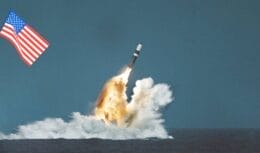
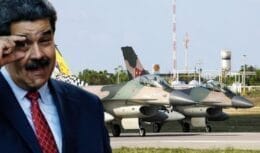


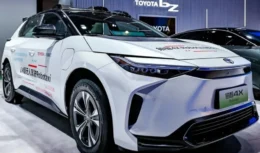
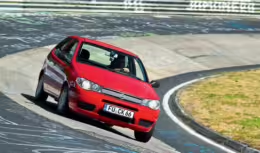
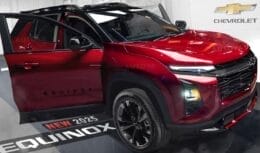

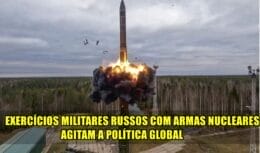
Very interesting!!It is aiming at the cool environment
I'm a driver.
Roberta, go back to school, please! No…
Premonition: whoever wrote this article is a…
The FA has the constitutional function of…
I'm happy when I see reports like this, it's...
This ship is subordinate to the Command of…
A pick-up can make any dream come true…